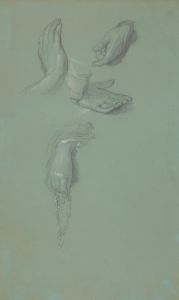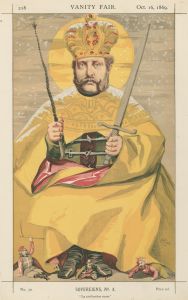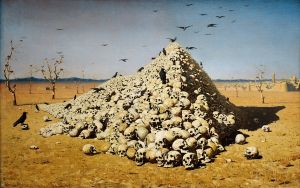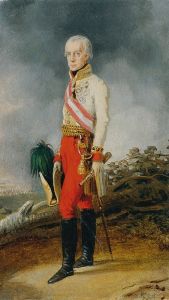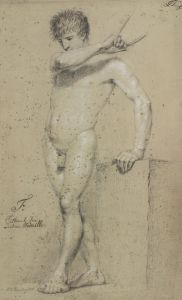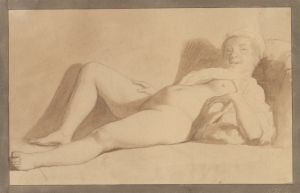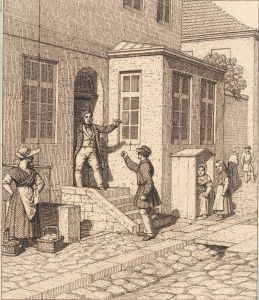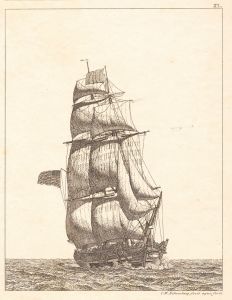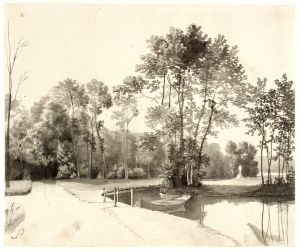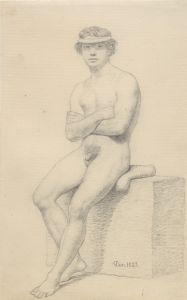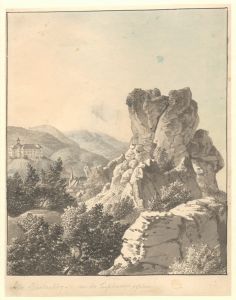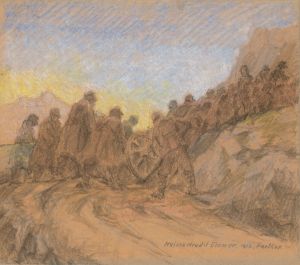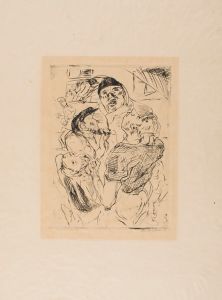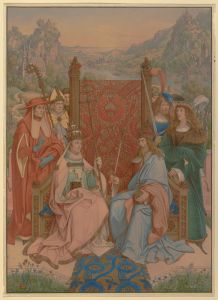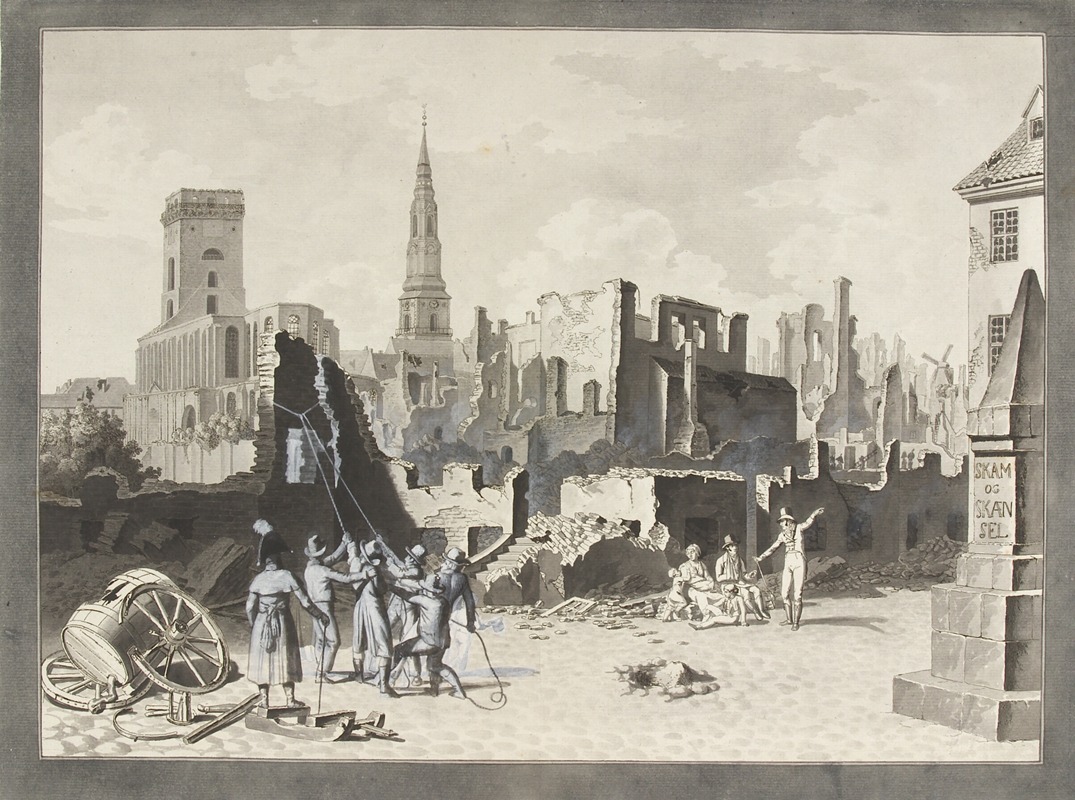
Ulfeldts Plads, det nuværende Gråbrødretorv, efter englændernes bombardement i september 1807
A hand-painted replica of Christoffer Wilhelm Eckersberg’s masterpiece Ulfeldts Plads, det nuværende Gråbrødretorv, efter englændernes bombardement i september 1807, meticulously crafted by professional artists to capture the true essence of the original. Each piece is created with museum-quality canvas and rare mineral pigments, carefully painted by experienced artists with delicate brushstrokes and rich, layered colors to perfectly recreate the texture of the original artwork. Unlike machine-printed reproductions, this hand-painted version brings the painting to life, infused with the artist’s emotions and skill in every stroke. Whether for personal collection or home decoration, it instantly elevates the artistic atmosphere of any space.
Christoffer Wilhelm Eckersberg's painting "Ulfeldts Plads, the Present Gråbrødretorv, After the English Bombardment in September 1807" is a historically significant artwork that captures the aftermath of the British bombardment of Copenhagen during the Napoleonic Wars. Created by Eckersberg, often referred to as the "father of Danish painting," the work is an early example of his ability to document historical events with precision and detail.
The painting depicts the area known as Ulfeldts Plads, which is now called Gråbrødretorv, located in the heart of Copenhagen. This square, like much of the city, suffered extensive damage during the British attack in September 1807. The bombardment was part of the British campaign to seize the Danish fleet to prevent it from falling into the hands of Napoleon's forces. Over the course of three days, British forces shelled Copenhagen, causing widespread destruction, fires, and civilian casualties.
Eckersberg's work provides a visual record of the devastation in the aftermath of the attack. The painting shows the ruins of buildings surrounding the square, with debris scattered across the area. The somber tone of the scene reflects the impact of the bombardment on the city and its inhabitants. The artist's attention to architectural details and his use of light and shadow emphasize the destruction while also conveying a sense of realism.
This painting is significant not only as a historical document but also as an example of Eckersberg's early career. He would later become a central figure in the Danish Golden Age of painting, known for his landscapes, portraits, and historical scenes. This work demonstrates his commitment to capturing contemporary events and his skill in portraying urban environments.
Today, Gråbrødretorv is a vibrant square in Copenhagen, known for its colorful buildings and lively atmosphere. However, Eckersberg's painting serves as a reminder of the city's turbulent history and the resilience of its people in the face of adversity. The artwork is an important piece of Denmark's cultural heritage and contributes to the understanding of the events surrounding the British bombardment of 1807.





